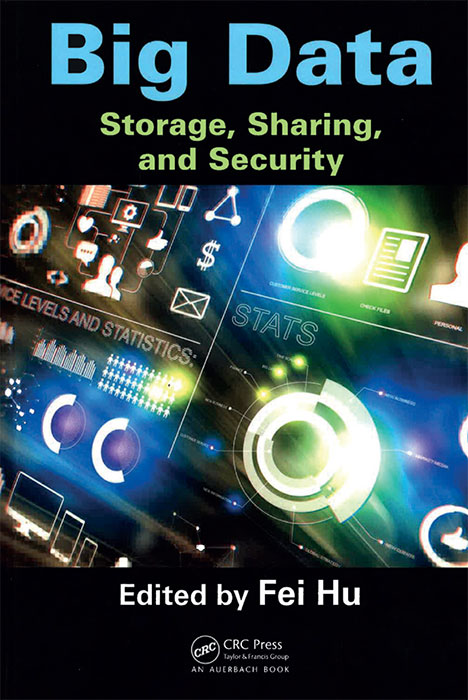By Fei Hu (ed.)
CRC Press

Nowadays, enormous quantities of data in a variety of forms are generated rapidly in fields ranging from social networks to online shopping portals to physics laboratories. The field of “big data” involves all the tools and techniques that can store and analyse such data, whose volume, variety and speed of production are not manageable using traditional methods. As such, this new field requires us to face new challenges. These challenges and their possible solutions are the subject of this book of 17 chapters, which is clearly divided into two sections: data management and security.
Each chapter, written by different authors, describes the state-of-the-art for a specific issue that the reader may face when implementing a big-data solution. Far from being a manual to follow step-by-step, topics are treated theoretically and practical uses are described. Every subject is very well referenced, pointing to many publications for readers to explore in more depth.
Given the diversity of topics addressed, it is difficult to give a detailed opinion on each of them, but some deserve particular mention. One is the comparison between different communication protocols, presented in depth and accompanied by many graphs that help the reader to understand the behaviour of these protocols under different circumstances. However, the black-and-white print makes it difficult to differentiate between the lines in these graphs. Another topic that is nicely introduced is the SP (simplicity and power) system, which makes use of innovative solutions to aspects such as the variety of data when dealing with huge amounts. Even though the majority of the topics in the book are clearly linked to big data, some of them are related to broader computing topics such as deep-web crawling or malware detection in Android environments.
Security in big-data environments is widely covered in the second section of the book, spanning cryptography, accountability and cloud computing. As the authors point out, privacy and security are key: solutions are proposed to successfully implement a reliable, safe and private platform. When managing such amounts of data, privacy needs to be carefully treated since delicate information could be extracted. The topic is addressed in several chapters from different points of view, from looking at outsourced data to accountability and integrity. Special attention is also given to cloud environments, since they are not as controlled as those “in house”. Cloud environments may require data to be securely transmitted, stored and analysed to avoid access by unauthorised sources. Proposed approaches to apply security include encryption, authorisation and authentication methods.
The book is a good introduction to many of the aspects that readers might face or want to improve in their big-data environment.








